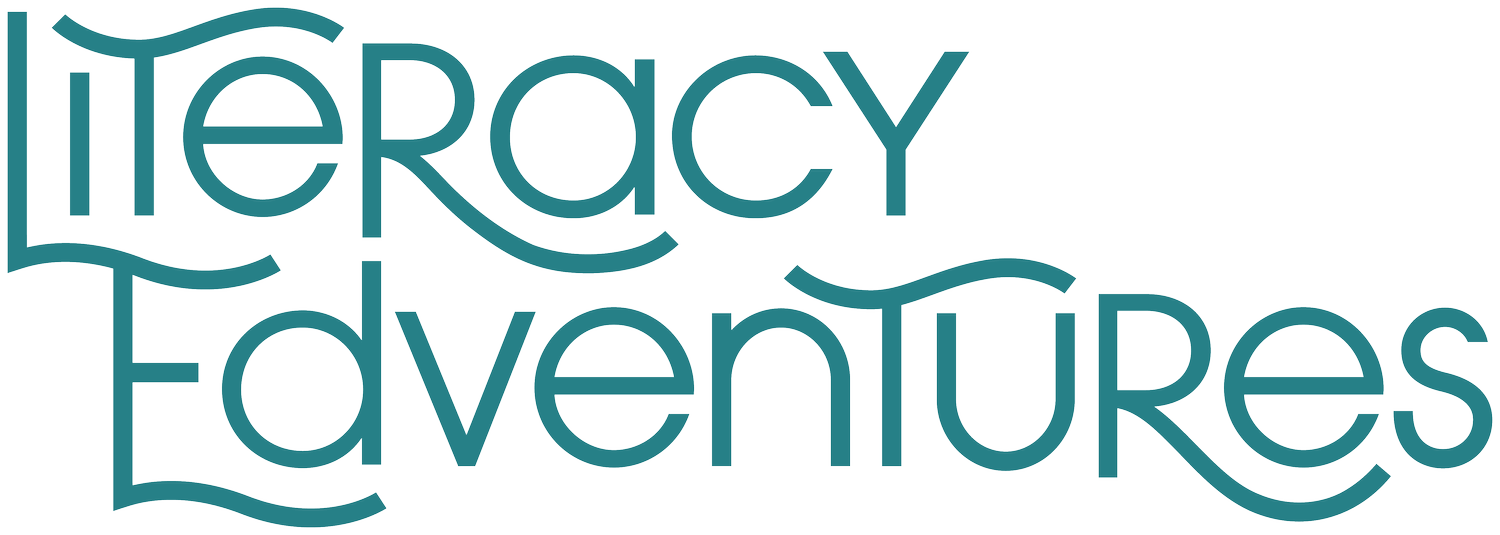Choosing and Using a Phonics Scope & Sequence
Introduction:
Phonics instruction, which teaches the relationship between sounds and letters, is a fundamental component of reading development. To ensure effective phonics instruction, teachers must follow a well-designed scope and sequence. When it comes to choosing or creating a phonics scope and sequence, there are many things we should consider.
In this blog post, we will explore the importance of choosing and following a phonics scope and sequence, by drawing insights from current research. Understanding the significance of this structured approach to phonics instruction can lead to improved reading outcomes for our students.
So why is following a scope and sequence important?
1. Building a Strong Foundation:
Research consistently highlights the importance of a systematic and sequential approach to phonics instruction. A well-designed scope and sequence ensures that students are introduced to phonics skills in a logical and progressive manner. By following a structured sequence, students build a strong foundation of phonics knowledge, starting with basic letter-sound correspondences and gradually progressing to more complex phonics patterns.
This means that we teach easier skills first like letters, sounds, and CVC words and then move to harder skills such as digraphs, blends, and long vowels. Following this pattern, we can ensure that all skills are building upon each other.
2. Maximizing Learning Efficiency:
A phonics scope and sequence help optimize learning efficiency by presenting phonics skills in a carefully planned order. Research suggests that introducing phonics skills in a specific sequence allows students to build upon previously learned knowledge, reinforcing connections between sounds and letters. This systematic approach minimizes confusion and maximizes students' ability to apply phonics skills in reading and spelling.
3. Addressing Developmental Progression:
Children's phonics development follows a predictable developmental progression. Research indicates that following a scope and sequence aligned with this progression supports students' natural learning trajectories. A well-structured scope and sequence ensures that phonics skills are introduced at developmentally appropriate stages, taking into account students' phonological awareness, letter recognition, and decoding abilities.
4. Supporting Transfer and Generalization:
Following a phonics scope and sequence helps students transfer and generalize their phonics knowledge to a wide range of words and texts. Research suggests that a systematic approach to phonics instruction enables students to recognize and decode unfamiliar words independently. By explicitly teaching phonics skills in a planned sequence, students learn to apply these skills across various reading contexts, enhancing their overall reading proficiency.
5. Meeting the Needs of All Learners:
A well-designed phonics scope and sequence caters to the diverse needs of learners. Research supports the idea that a systematic approach benefits struggling readers, English language learners, and students with learning differences. By providing a clear roadmap for instruction, teachers can differentiate their teaching to meet individual student's needs, ensuring that all students receive the necessary support to develop strong phonics skills.
Conclusion:
Following a phonics scope and sequence is crucial for effective reading instruction. Research consistently emphasizes the benefits of a structured approach, including building a strong foundation, maximizing learning efficiency, addressing developmental progression, supporting transfer and generalization, and meeting the needs of all learners. By implementing a well-designed scope and sequence, teachers can provide students with a solid phonics foundation, setting them on a path toward reading success.
And with all of this said, I know many of you are thinking, all of this sounds great, but I don’t have a scope and sequence, and I just don’t have time to find one or create one. Don’t worry! I’ve got you covered! Click below and grab my ready-to-go scope and sequence!






